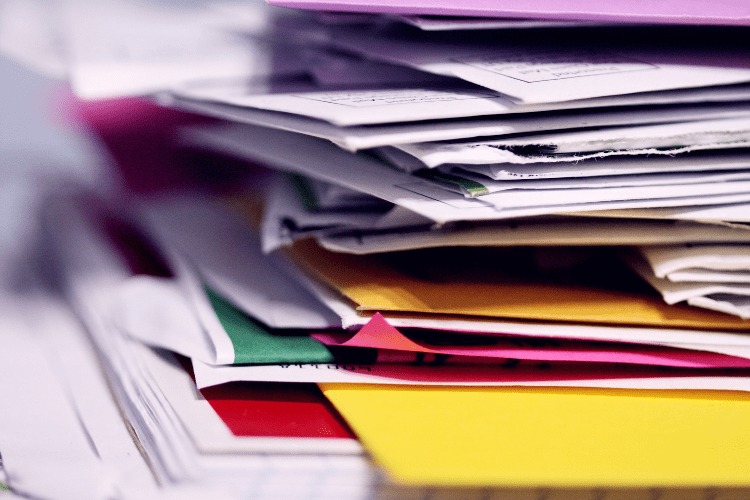Paper products are around us everyday and we may not think about what happens to it after it is tossed in the recycling bin.
Many of us start our days with paper — from reading the newspaper to the packaging of our favorite breakfast cereal to the milk carton we use along with it. If some of that milk spills, you can clean it right up with a paper towel.
The Upsides of Paper Recycling
In Abu Dhabi alone, 11.2 million tonnes of waste was produced by the emirate in 2019. This large amount of waste is due to a number of reasons, such as population growth, economic activities, and consumer shopping habits.
The environmental benefits of paper recycling cannot be understated. According to the Emirates Publishers Association (EPA), recycling just one ton of paper can save 380 gallons of oil, 7000 gallons of water, and enough energy to power the average home for up to six months.
Paper recycling also conserves our natural resources. Recycling one ton of paper can save 17 trees from being torn down. Paper recycling has excellent benefits for businesses as well. Diverting paper from the landfill can dramatically reduce business waste costs, especially if the business churns a lot of paper products. Companies with recycling initiatives can often receive tax credits and will have a better shot at engaging with eco-conscious consumers who only want to do business with sustainable organizations.
The Paper Recycling Process
Recycled paper’s life cycle executes up to 6-7 times till the cellulose fibers become incapable of forming sheets. Here are the types of paper products that are recyclable:
- Copy paper
- Envelopes
- Newspapers
- Phone books
- Notebooks
- Catalogs
- Magazines
- Receipts
Paper shredders are good for concealing personal information from any prying eyes, but they make recycling more difficult. The small strips of shredded paper can easily become caught in the complex machinery of the recycling facility, damaging the machines or slowing down the entire process because the machines had to stop to rectify the stuck scraps. It is uncommon for curbside recycling services to accept shredded paper, but some do, so be sure to check with your local facility before leaving any out.
Step 1: Collection
The first step of paper recycling is collecting discarded paper to send to recycling facilities. We put paper into a separate recycling bin to keep it away from other waste products—contaminated paper, such as paper soiled with food, grease, or harmful chemicals, cannot be recycled and will be diverted to a landfill.
Step 2: Transportation and Sorting
With the paper placed in the proper bin, a waste and recycling hauler will come to collect your paper and transport it to a materials recovery facility to be sorted.
The paper is measured and sorted into separate categories, as certain paper products will be processed differently depending on type. For instance, glossy magazine paper will be treated differently than a standard piece of printer paper, so they need to be sorted separately.
Step 3: Shredding and Pulping
After the paper has been sorted and checked for contaminants, it is baled together and sent to a paper mill, where the recycling process truly begins.
At the paper mill, paper is shredded down into small scraps. Large amounts of water and chemicals, like hydrogen peroxide, sodium hydroxide, and sodium silicate, are added to the shreds to further break down the paper into separate paper fibers. The result is a mushy concoction known as pulp, the raw material that is used to make recycled paper. (This process is known as pulping.)
Larger contaminants, such as paper clips, staples, and tape, are screened for and removed from the pulp before it moves onto the next step.
Step 4: De-Inking
Once the large contaminants have been removed, the pulp is put into a large floatation tank with more chemicals and air bubbles. The chemicals and air bubbles help remove dyes and inks from the pulp, enhancing the purity and whiteness of the pulp. Dyes can also be added during this process to create colored paper.
The pulp, which is approximately 99 percent water to one percent fiber at this point, is then transferred to a paper machine.
Step 5: Drying
This is the final step in the paper recycling process. Once the pulp has been de-inked, it’s passed through massive rollers to squeeze out excess water from the mixture. Once the moisture has been removed, the pulp is sent through heated rollers to form long rolls of continuous sheets of paper. From there, the rolls of paper are sent to various manufacturers to be produced into paper products

